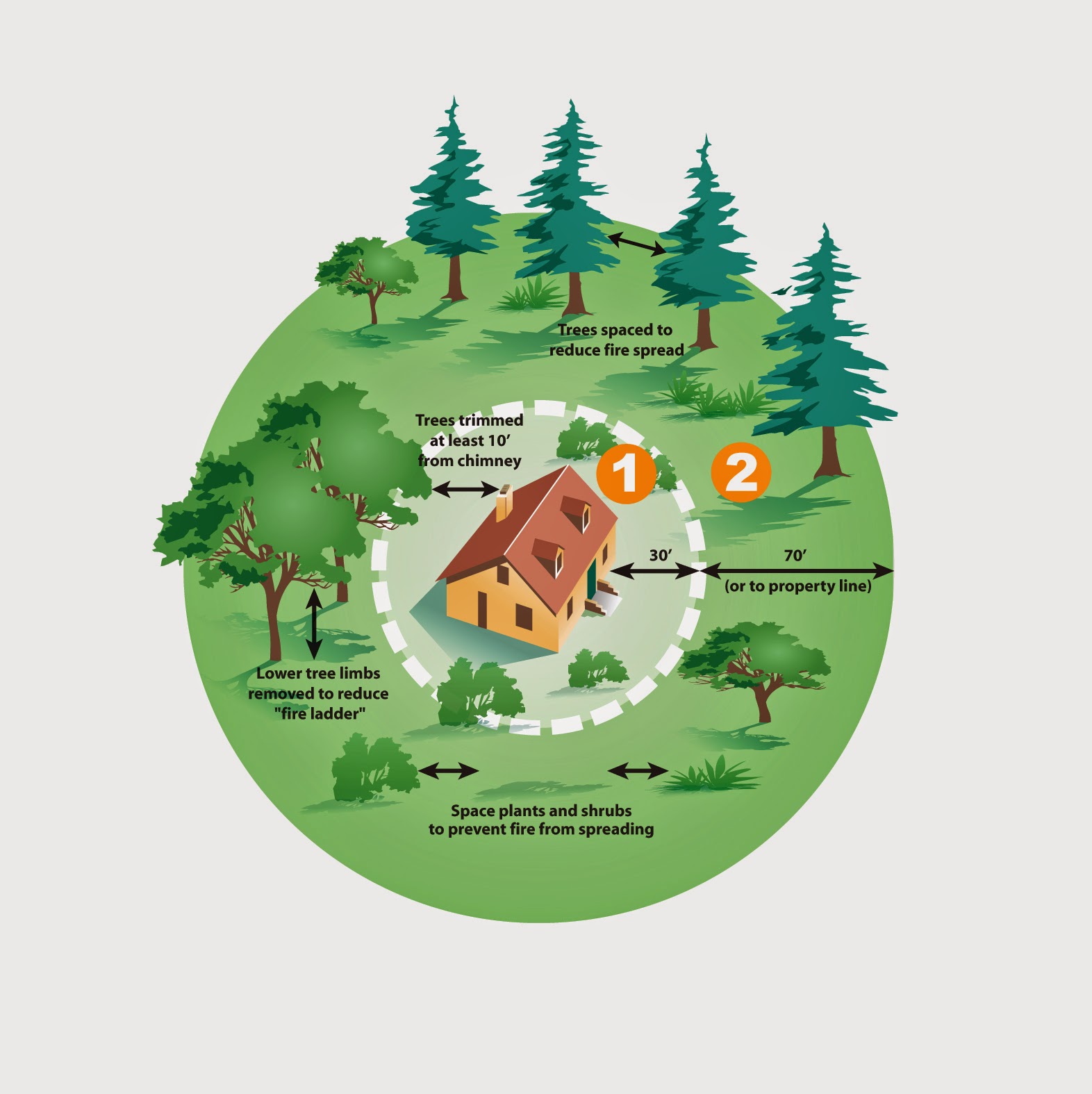
It’s the time of year when certain creatures are looking for a winter home. And your house, dear gardener is probably a nice snug choice for many of them. Everything from field mice to spiders, crickets, and lady bugs are hunting for a spot to over winter.
If you are like me, you can share your home with a few spiders; a cricket might be welcomed if they wouldn’t sing, but no to mice, and definitely no to box elder bugs. The box elder bug is arguably the biggest insect nuisance we get complaints about. They will cover the outside of homes, patios, concrete walls, sheds, on the south and west sides where the sun shines all through fall and winter. If you have a box elder bug problem, you have thousands of them. Their goal is to get inside your house and spend the winter. They come in cracks, through vents, crevices, gaps in windows and doors. Once inside, they crawl and fly about your home; accumulating around light fixtures and making an extreme nuisance of themselves. While they don’t bite or damage anything, they can spot your curtains and walls, and can leave a stain and stink if you smash ‘em!
Once spring comes, these critters leave your house and find the nearest female box elder tree and lay eggs in the cracks in the bark; and it starts all over again. The young insect loves to eat the leaves of the box elder tree.
If you have a box elder bug problem, you have a female box elder tree nearby. To completely get rid of the problem, tree removal may be an option, depending on the extent of the invasions.
Control is not simple but here are a few tips:
• Insect proof your home by caulking, screening, sealing cracks, etc.
• Check all screens and storm doors and see that they fit snuggly.
• Clean up yard clutter as the bugs will use stored firewood, stacks of lumber, as shelter
• Pour boiling water on small masses of bugs. Do not scald yourself!
• Spray the bugs with a mild liquid soap solution; be careful as may cause vegetation damage.
• Suck them up with a vacuum cleaner, throw bag away as they will stink.
• Spray with household insecticide.
The bad news is, all these measures will only provide temporary relief. They will continue to try to come in on warm days in the fall and winter and could hang around until May.
Here's more:
http://www.ext.colostate.edu/pubs/insect/05522.html
Photo courtesy of Bruce Marlin www.cirrusimage.com




